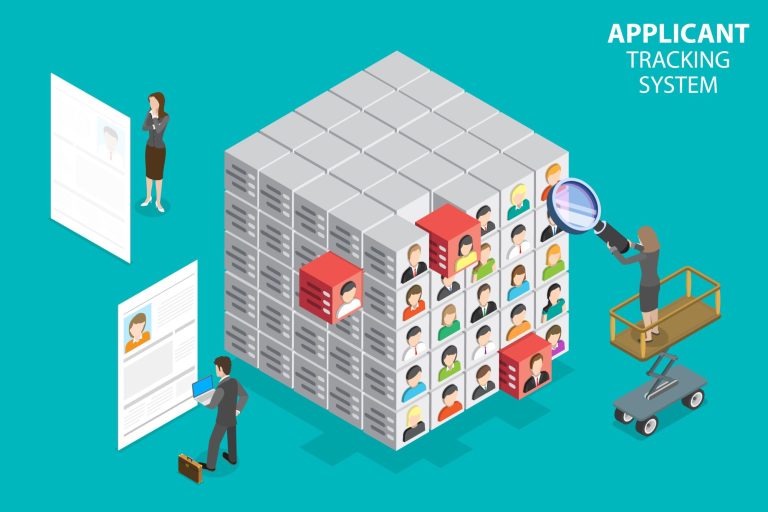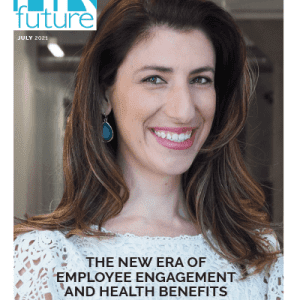In recent years, workplace wellbeing has gone from being a “nice-to-have” perk to a mission-critical priority for HR leaders across industries. From burnout and disengagement to mental health and work-life balance, companies are under pressure to create cultures that care for their people.
But while many businesses are still finding their footing, one sector has long been in the thick of it: healthcare.
Hospitals, clinics, and healthcare systems have long wrestled with high-stakes environments, emotionally taxing work, and chronic staffing shortages. And through it all, they’ve had to find ways to keep their teams motivated, mentally healthy, and able to deliver on their core mission—saving lives.
Corporate HR leaders would do well to look toward the healthcare world for lessons. From structured burnout prevention strategies to deeply embedded wellness cultures, here’s what healthcare can teach the corporate world about employee wellbeing.
1. Psychological Safety Is Non-Negotiable
In healthcare, particularly on the frontlines, psychological safety isn’t just an HR initiative—it’s a life-saving necessity. Nurses, physicians, and support staff often work under intense pressure. Mistakes can be fatal, and emotional stress is constant.
To address this, many hospitals have implemented structured support systems. Post-trauma debriefs after difficult cases, peer support programs, and confidential counseling access are all part of the wellbeing toolkit. What’s crucial here is that employees feel safe to speak up, ask for help, and admit when they’re overwhelmed—without fear of judgment or reprisal.
Corporate workplaces should take note. Too often, performance pressure and cultural norms discourage vulnerability. Building a truly resilient workforce means creating a psychologically safe environment where employees can raise concerns, express emotional fatigue, and access support early.
2. Burnout Prevention Starts Before Burnout Hits
Healthcare systems understand that burnout isn’t just about working long hours. It’s about emotional exhaustion, depersonalization, and a loss of purpose—all of which can creep in silently. That’s why many healthcare employers use proactive burnout prevention methods.
Mandated rest periods, rotating shifts, access to Employee Assistance Programs (EAPs), and ongoing mental health check-ins are just a few tools commonly used. These aren’t reactive benefits rolled out after a crisis—they’re foundational parts of workforce management.
Corporate HR teams, especially in high-stakes sectors like finance or tech, can borrow this proactive approach. Waiting for burnout to show up in exit interviews is too late. Instead, companies can implement regular wellbeing assessments, set boundaries around availability (especially in remote work settings), and give managers better training in recognizing early signs of distress.
3. Wellness Programs That Actually Work
In too many companies, wellness initiatives are limited to surface-level perks: yoga classes, meditation apps, or fruit bowls in the breakroom. While these efforts can be helpful, they often lack depth or personalization—and employees know it.
Healthcare organizations, on the other hand, often design wellness programs with input from multidisciplinary teams: occupational therapists, behavioral health professionals, fitness experts, and even nutritionists. These programs are based on evidence, not just engagement trends.
For instance, some hospitals have implemented resilience training modules grounded in cognitive behavioral therapy (CBT). Others offer sleep management coaching or on-site health screenings tailored to the unique stressors of shift work.
Corporates can elevate their own efforts by designing programs that meet real employee needs—grounded in research, flexible in format, and inclusive across job functions. This might include providing access to medical-grade mental health support or integrating wellness features into their existing practice management software to help track employee wellness usage and satisfaction over time.
4. Collaboration Is Key to Care
One often-overlooked lesson from healthcare is how various departments come together around wellbeing. HR doesn’t operate in a silo—it works closely with operations leaders, department heads, and frontline managers to support staff wellbeing.
This cross-functional approach is crucial because wellbeing isn’t just an “HR problem.” It’s a business performance issue, a retention challenge, and a leadership responsibility. In successful healthcare environments, everyone plays a role—from the CEO to the unit supervisor—in creating a culture of support.
Corporate organizations can benefit by taking a similar team-based approach. That means embedding wellbeing metrics into leadership KPIs, encouraging managers to set the tone for team health, and ensuring that wellness conversations happen during strategy meetings—not just HR briefings.
5. Purpose Powers Performance
There’s a reason healthcare worker remain some of the most mission-driven professionals, even in the face of systemic challenges. When your work is directly tied to helping others, it’s easier to stay connected to a sense of purpose.
That sense of purpose is a powerful wellbeing driver. Studies have shown that employees who feel their work is meaningful report higher engagement, greater resilience, and lower stress—even in demanding roles.
Corporates can take a page from healthcare’s playbook by building stronger connections between individual roles and company mission. Recognition programs, storytelling around impact, and direct feedback loops between teams and leadership all help reinforce this purpose. Whether you’re selling software or managing logistics, people want to know their work matters.
In healthcare, this clarity is often built into the culture. For example, even non-clinical staff—billing teams, schedulers, or tech support—are regularly reminded how their work contributes to patient outcomes. Many top medical billing companies emphasize this alignment when onboarding new staff, showing how operational accuracy directly impacts patient care and provider satisfaction.
It’s this shared sense of responsibility and mission that keeps teams going, even when things get tough.
Final Thoughts: Less Perk, More Purpose
If there’s one major takeaway for corporate HR leaders, it’s this: meaningful wellbeing strategies aren’t built on perks alone. They require a culture-wide commitment, proactive planning, and a clear sense of purpose.
The healthcare industry isn’t perfect—but it offers powerful, real-world examples of how to care for people in high-stress, high-stakes environments. And in a post-pandemic world where workplace wellbeing is non-negotiable, these lessons are more relevant than ever.
For organizations willing to look beyond the latest wellness app or ping-pong table, healthcare offers a more grounded, human-centered roadmap.
Because in the end, caring for your team isn’t a trend. It’s a strategy for long-term success.
Guest writer

























